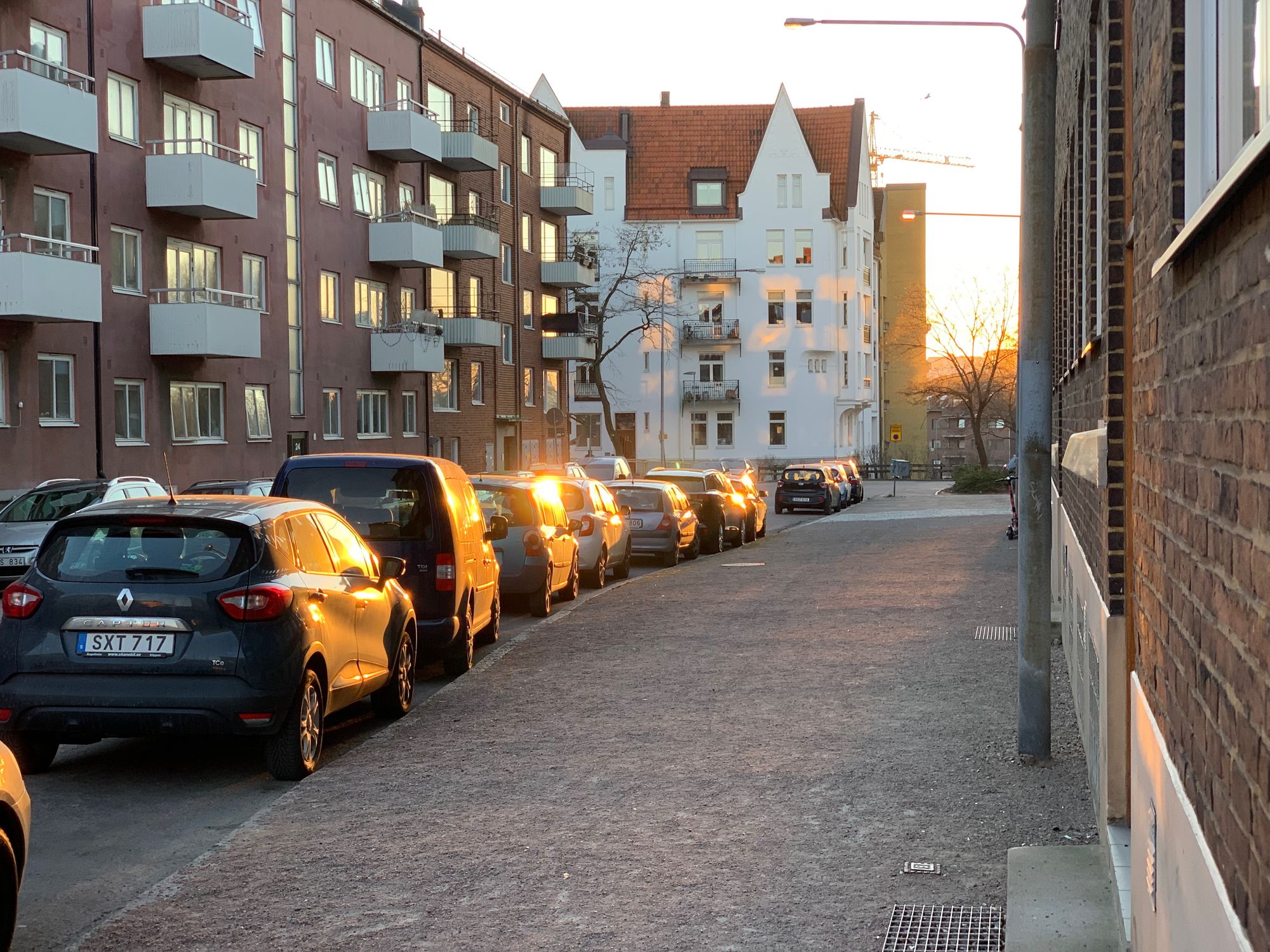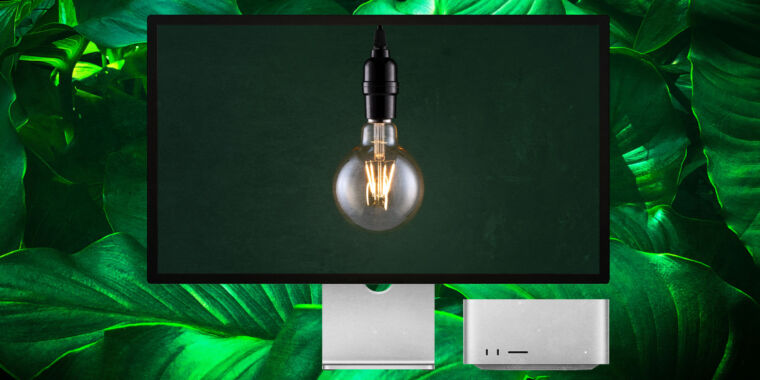Tenday Notes 11 Mar - 20 Mar 2022

Every ten days I share a quick digest of what I've been working on and reading. Here's the latest. More in the series here. Want them in your inbox? Sign up.
I'm coming to the end of a large project with Conservation International which has been eating up a lot of my creative energies lately. Getting it over the line will require even more. So I'm going to skip the next issue, due on 1 April, and be back in your inboxes again on 10 April or thereabouts. Until then, enjoy this relatively short instalment.
Many of the organisations that hire me to do information design work for them are trying to communicate complex research findings to a wider audience. This isn't something that comes naturally to many researchers. But it's very much a learnable skill - and the other day my friend (and Elevate co-founder) Alli Torban shared this brilliant "pyramid" graphic by Jon Schwabish that lays out the tradeoffs between complexity and audience.

On the upper end, you have social media - where you can reach enormous numbers of people, but you'll need to sacrifice a lot of complexity to do so. On the other end you have a technical report, which contains all the complexity in the world but has a very small audience. In between you have plenty of options - interviews, op-eds, dataviz work (my speciality), stakeholder roundtables, policy briefs and factsheets, and more.
The most important thing, Jon writes, is not to see this as a menu of options but as different parts of the same campaign - hitting different audience with different things, and - crucially - pointing people up or down the pyramids if they land in the wrong place.
Every blog post links to underlying evidence and a report. Every web feature includes the option to download a dataset or report. Every tweet finds its way back to a more in-depth analysis that provides evidence for claims made at each level of the pyramid. The data are available for the user who wants to dig deeper. Evidence is as deep—or deeper—than the question posed and then answered in detail.
It's a great framework, and definitely one I'll be using with my clients in the future.

My pal Kevin has launched a newsletter rounding up the week in tech and gaming news for people who don't have time to follow everything (basically all of us, right?). Check out the first episode of the amazingly-named overkill.wtf here.

The news of the discovery of Shackleton's ship a couple of weeks ago led to a lot of chortling among geography nerds when journalists wrote that it was found "north of Antarctica".
HOWEVER, cartographer Kate Berg points out in an excellent Twitter thread that polar scientists use a widely accepted way of presenting Antarctica so there's a standard "north" to use as reference. East Antarctica is in the Eastern hemisphere of the globe, West Antarctica is in the West, which creates a simple north and south. It's a nice mix of geographical reality and human messiness.
So seems like folks had a lot fun last week pointing out how it's silly to say "north of Antarctica" (regarding the discovery of Shackleton's lost ship).
— 🥔🗺️ ᴘᴏᴋᴀᴛᴇᴏ ᴍᴀᴘs (@pokateo_) March 16, 2022
Well, I'm here to say that it's silly to point out that it's silly to say "north of Antarctica".
A thread 👇
I've been using some of the small amounts of spare time I've had recently working through Audible Genius' Building Blocks course - an approach to learning music theory rooted in a modern DAW interface as opposed to a traditional stave one, with lots of ear training - hear a thing, then replicate it.
I've done some music classes, and listened to a lot of music, so the first couple of sections were pretty simple for me - eighth notes and major/minor chords. The difficulty has ramped up since then - recognising sixteenth-note bass patterns with held notes and hi-hats, and introducing sus2 and sus4 chords. But I'm still having a huge amount of fun.
I think what I like most about the pedagogical approach is the emphasis on repetition, practice, and encouraging creativity. Getting into the habit, right from the start, of making things from a blank canvas. I'm vaguely worried that I'll come out of it making awful techno, but I suppose making awful techno is step one towards making good techno, and hopefully other genres too.
This is cool. Consumer technology site Ars Technica has done an environmental lifecycle assessment of the new Mac Studio. I'd LOVE to see more technology sites stealing this idea, or at the very least including it as part of their reviews process.

That's all for today. See you again on 10 April.
- Duncan




